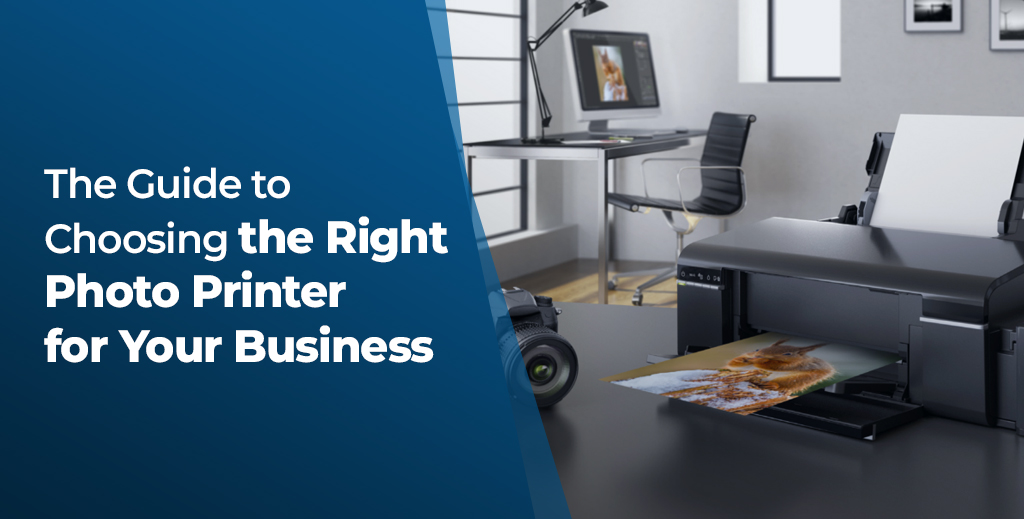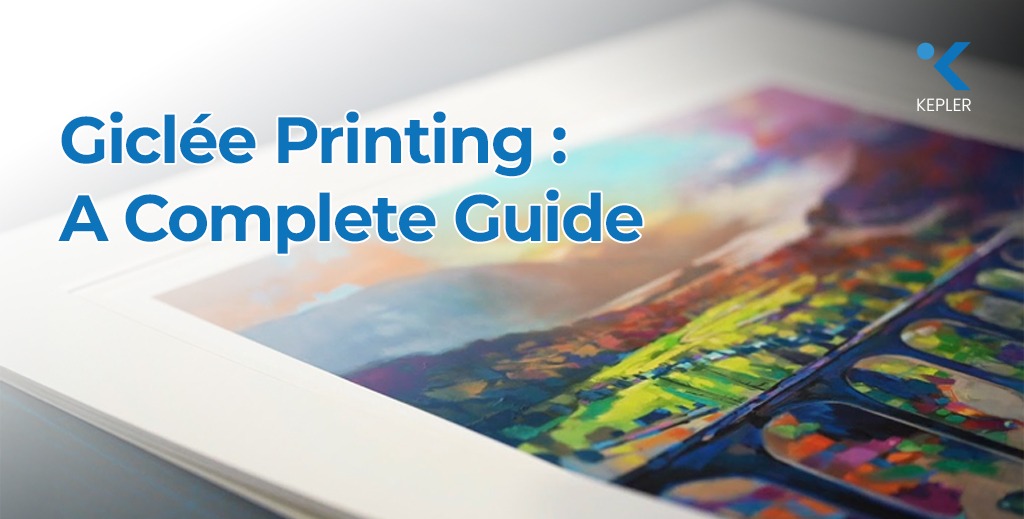
In today’s world of digital art and professional photography, high-quality printing has become just as important as capturing or creating the image itself. While traditional printing methods often compromise on detail and longevity, a unique technique called Giclée printing has gained immense popularity among artists, photographers, and collectors. Whether you’re a professional looking for the best printer for photographers or an art enthusiast wanting to preserve your favorite creations, understanding Giclée printing is a must.
So, why does this matter? With the rise of large-format printers and specialized photo printers, creatives now have access to gallery-quality prints without sacrificing detail or vibrancy. Giclée printing, with its advanced technology and superior photo printing paper choices, offers a solution that bridges art and innovation.
In this guide, we’ll take a deep dive into everything you need to know about Giclée printing: what it is, how it works, its benefits, applications, and even tips to help you create professional-quality prints. By the end of this blog, you’ll understand why Giclée printing is redefining standards in the world of fine art and photography.
What is Giclée Printing?
Before we dive into the details, let’s first clear the basics: what exactly is Giclée printing?
The term Giclée originates from the French word gicleur, meaning “to spray.” This reflects the core of the process: Giclée prints are created using inkjet technology, where a photo printer sprays microscopic droplets of pigment-based ink onto high-quality archival media. Unlike standard digital printing, which relies on dye-based inks, Giclée printing ensures exceptional precision and color depth.
Compared to offset printing or standard digital methods, Giclée offers several advantages. Offset printing may be cost-effective for bulk production, but it often lacks the fine details required for art reproductions. Digital printing, while fast, cannot always achieve the durability or archival quality of Giclée. This makes Giclée the gold standard for artists, galleries, and photographers who want their prints to last for decades without fading.
Benefits of Giclée Printing
Now that we know what Giclée printing is, let’s take a closer look at why it’s considered a revolution in the printing world. From professional artists to hobby photographers, the benefits extend far beyond simple aesthetics.
1. High-Quality Prints with Precise Color Accuracy
Imagine spending weeks perfecting an artwork or capturing that once-in-a-lifetime photograph only for it to lose detail in print. That’s where Giclée printing makes a real difference. By using advanced photo printer technology and a wide color gamut, every brushstroke, texture, and shadow is reproduced with jaw-dropping clarity. The pigment-based inks are capable of producing millions of color variations, ensuring skin tones look natural, skies look vibrant, and the tiniest details don’t get lost. This makes Giclée the best printer for photographers who need their prints to reflect exactly what they envisioned on-screen.
2. Durability and Longevity
When investing in prints, longevity matters. Traditional dye-based printing methods often fade within a few years, especially when exposed to light. In contrast, Giclée prints when created on archival-quality photo printing paper can last for more than 100 years without noticeable fading. Museums and galleries prefer Giclée because it ensures artworks remain timeless for future generations. Whether it’s printed on archival media designed for fine art reproduction, the durability of Giclée makes it a top choice for collectors and professionals who value permanence.
3. Versatility in Materials
One of the most exciting aspects of Giclée printing is its versatility. Unlike standard printers that often limit you to a few paper types, Giclée technology works seamlessly with a wide range of media. Artists can choose between smooth photo printing paper for vibrant photography, matte photo paper for subtle fine art pieces, or textured watercolor paper for an authentic hand-painted feel. Even canvas prints are possible, giving your art a museum-quality presence. This flexibility allows creators to experiment with finishes and find the perfect surface to complement their style.
4. Ideal for Art Reproductions & Photography
For painters, illustrators, and photographers, authenticity matters. Giclée printing allows artists to reproduce their original work with such accuracy that the print often looks indistinguishable from the original. Photographers, especially those showcasing work in exhibitions or selling prints, prefer Giclée because it delivers professional-grade quality every time. The combination of large-format printers and archival inks ensures that whether you’re printing a small portrait or a wall-sized photograph, the results remain sharp, vibrant, and true to life.
The Giclée Printing Process
Ready to see how the magic happens? Let’s break down the step-by-step process.
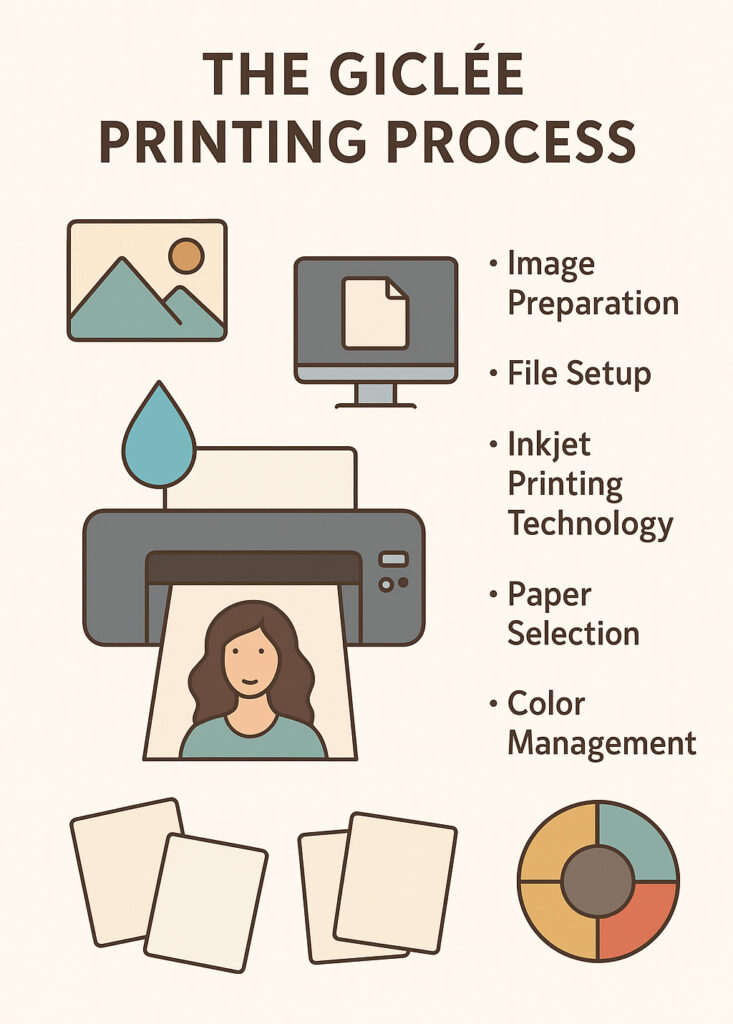
- Image Preparation
It starts with a high-resolution digital file (usually 300 DPI or higher). The better the input, the better the output. Proper editing and retouching also help maintain sharpness and color integrity.
- File Setup
Ensuring correct color profiles (such as Adobe RGB or sRGB) and calibration is crucial for consistent results.
- Inkjet Printing Technology
The large format printer used for Giclée sprays pigment-based inks with extreme precision, creating millions of color variations. Unlike traditional methods, the inks don’t just sit on the surface; they bond with the paper fibers.
- Paper Selection
Choosing the right archival media is key, as it greatly influences both the look and the longevity of your Giclée prints, ensuring vibrant colors and lasting quality for years to come.
- Color Management
Professional printers calibrate both monitors and printers to ensure what you see on screen matches the final print.
This careful process ensures that every Giclée print is museum-quality and true to the original.
Applications of Giclée Printing
So, where does Giclée printing really shine? The answer: practically everywhere in the creative and professional industry. Its versatility, combined with the precision of photo printer technology and compatibility with large format printers, makes it the go-to solution for a wide range of uses. Let’s explore some of the most impactful applications.
1. Art Reproductions
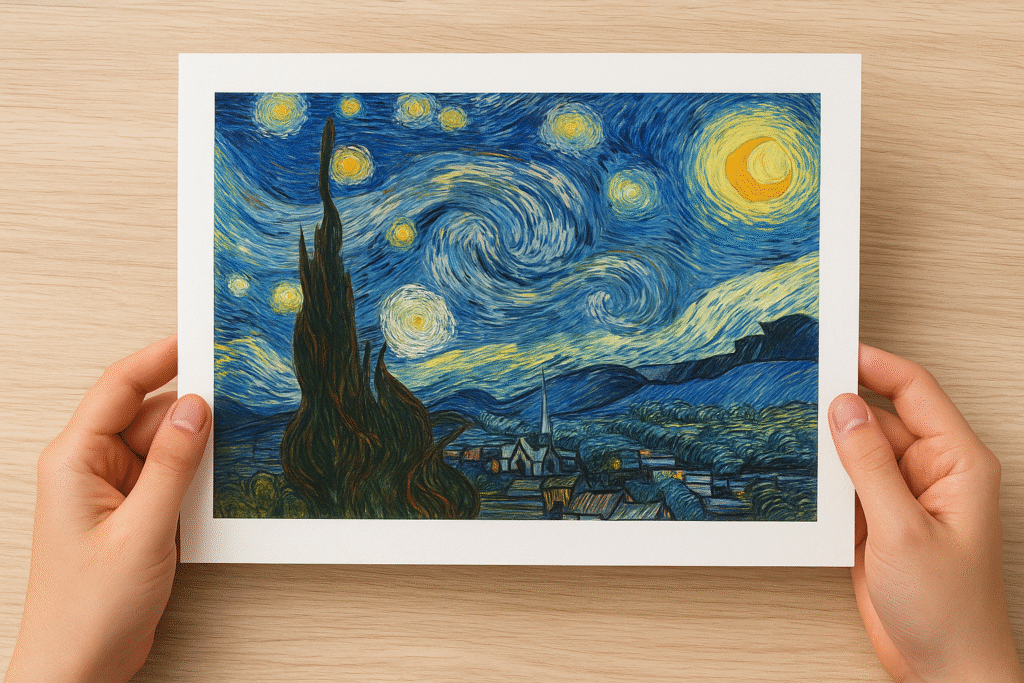
For painters, illustrators, and mixed-media artists, reproducing original works without losing detail has always been a challenge. Traditional printing often flattens textures and dulls color vibrancy. Giclée printing solves this problem by capturing even the subtlest brushstroke or pencil line with stunning accuracy. Whether an artist wants to sell limited-edition prints or share their creations worldwide, Giclée provides an affordable and reliable way to duplicate artwork while maintaining the feel of the original. By using archival inks and photo printing paper or even textured fine art paper, reproductions can last for decades, making them highly desirable for both buyers and collectors.
2. Photography & Portraits
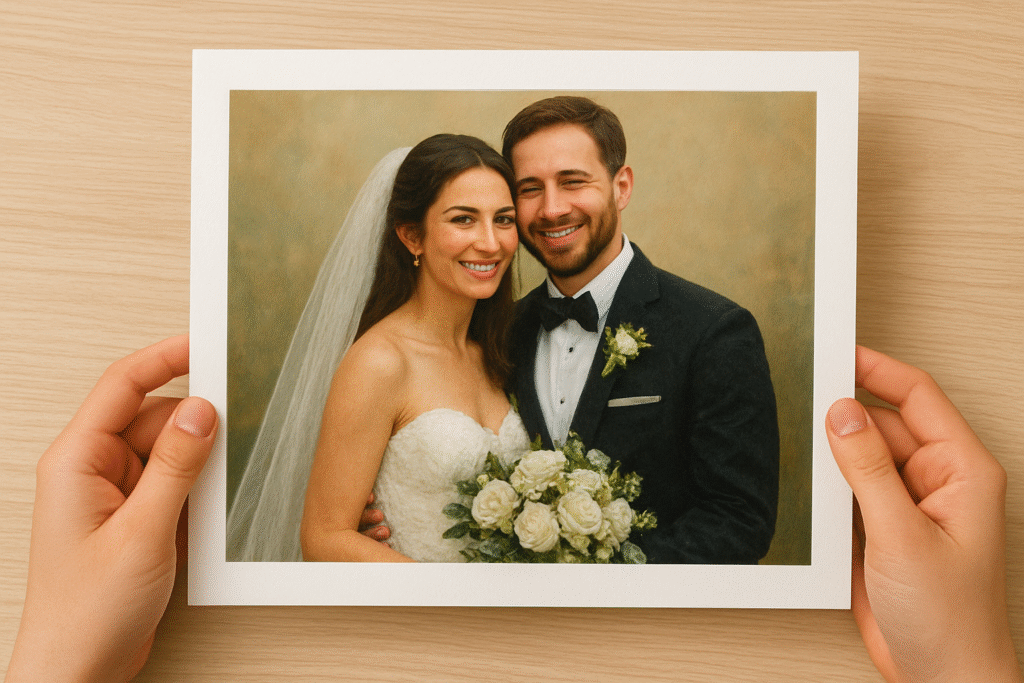
Photography is all about capturing emotions, light, and detail. From breathtaking landscapes to once-in-a-lifetime wedding moments, photographers need prints that do justice to their craft. This is why many professionals consider Giclée the best printer for photographers. With museum-quality photo paper, portraits glow with vibrant tones, while cotton rag paper ensures a timeless, fine-art look. Large portraits printed with Giclée not only enhance personal keepsakes but also add a professional touch to studio portfolios and gallery exhibitions. Simply put, this method allows photographers to showcase their work exactly as intended, sharp, lifelike, and enduring.
3. Interior Design
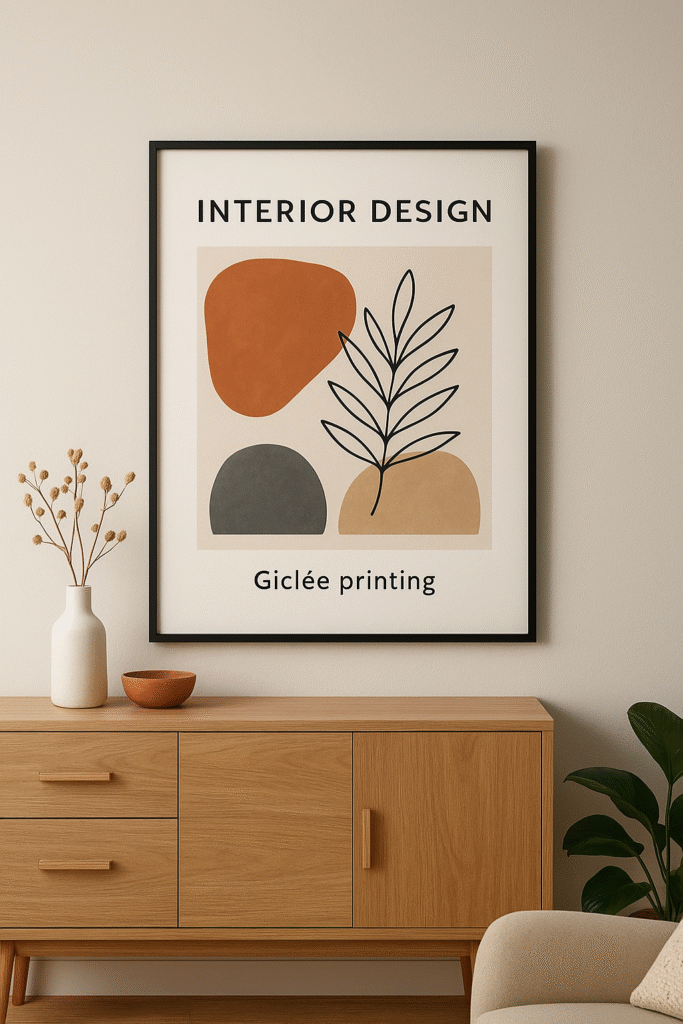
Art doesn’t just belong in galleries; it transforms living and working spaces too. Giclée prints are increasingly popular in interior design, where designers use them to add sophistication and personality to homes, hotels, restaurants, and offices. With the flexibility of large-format printers, even oversized wall art can be produced without sacrificing detail or quality. Imagine a stunning landscape print in a hotel lobby or a series of minimalist art pieces in a corporate office Giclée makes such decorative art both long-lasting and visually striking. Whether printed on cotton rag paper for subtle elegance or canvas for a more textured feel, Giclée elevates any space.
4. Marketing Materials
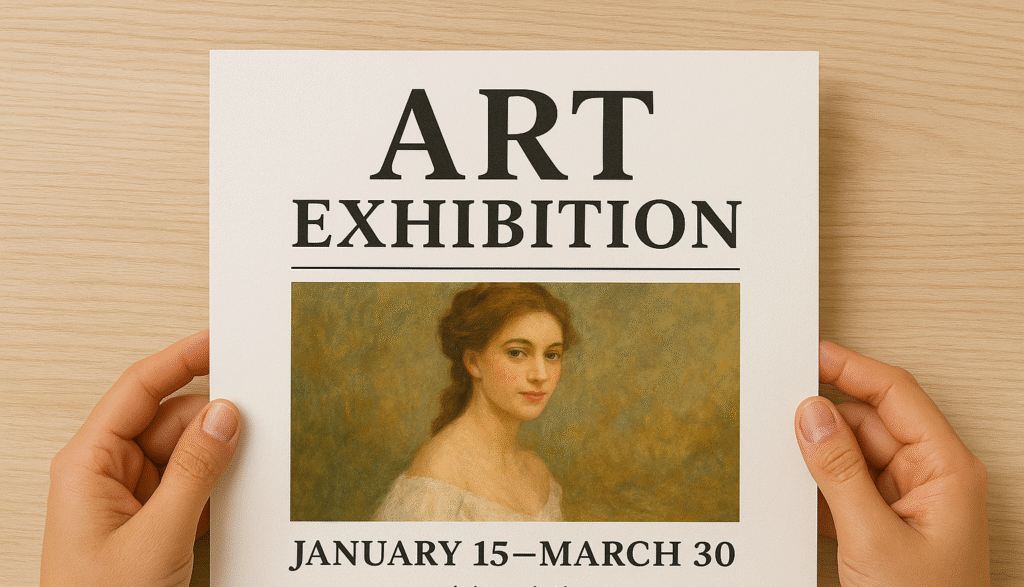
Beyond the art world, premium businesses are also embracing Giclée printing for their branding and promotional efforts. Unlike standard printing methods, Giclée creates museum-quality visuals that instantly communicate luxury and professionalism. Companies often use Giclée for high-end posters, premium portfolios, event displays, and presentation boards. When paired with high-quality photo printing paper, these marketing materials not only stand out but also leave a lasting impression on clients and audiences. For brands that want their visuals to reflect credibility and attention to detail, Giclée printing is a smart investment.
Choosing the Right Paper and Materials
When it comes to Giclée printing, not all photo printing paper is created equal. The choice of material plays a critical role in determining the look, feel, and longevity of the final print. For instance, museum-quality photo paper is often preferred by photographers who want bold colors, striking contrasts, and a reflective finish that makes images pop. This type of paper is especially effective for vibrant portraits, commercial photography, or marketing visuals where impact is key.
On the other hand, cotton rag paper offers a completely different aesthetic. Its non-reflective surface gives prints a softer, more sophisticated look, making it the perfect choice for fine art reproductions, subtle photography, and gallery-quality prints. For artists and designers who want to capture a more traditional or painterly effect, textured papers and canvas options add depth and character, creating the impression of an original artwork rather than a reproduction.
Several factors influence the decision when selecting the right material. Paper weight contributes to the durability and premium feel of a print, while texture determines whether the surface will be smooth ideal for photography or textured, which works beautifully for artwork and illustrations. The finish also plays a key role: a glossy surface enhances vibrancy and detail, while a matte finish exudes elegance and refinement.
Ultimately, the choice of paper and materials depends on the purpose of the print, whether it’s for a gallery display, a professional photography portfolio, or decorative artwork for interiors. With the right combination of paper type, weight, and finish, Giclée printing can bring any creative vision to life with stunning clarity and durability.
FAQs about Giclée Printing
1. What makes Giclée printing different from regular digital printing?
Giclée uses pigment-based inks and archival-quality papers, unlike standard dye-based digital prints.
2. Can I use any photo printer for Giclée printing?
No, you need a professional large-format printer designed for archival-quality output.
3. What type of paper is best for Giclée prints?
The best papers for Giclée prints are high-quality archival media that ensure longevity and color fidelity. Common choices include museum-quality photo paper, cotton rag paper, and other fine art papers designed to preserve prints for decades without fading or deterioration.
4. Is Giclée printing worth the investment for photographers?
Yes, it’s considered the best printer for photographers seeking gallery-quality, long-lasting prints.
5. Can Giclée prints be used for interior design and decoration?
Absolutely. Giclée prints are widely used in homes, hotels, and offices because they combine durability with premium visual appeal.
Conclusion
Giclée printing has transformed how art and photography are preserved, reproduced, and shared. With unmatched color accuracy, durability, and versatility in photo printing paper options, it has become the preferred method for galleries, professionals, and enthusiasts alike.
Whether you’re using a photo printer for fine art, photography, or decorative projects, Giclée ensures museum-quality results that stand the test of time. For those in Dubai and the UAE looking to explore professional-grade printing solutions, Kepler Tech, one of the trusted printer suppliers in Dubai and across the UAE, is your go-to partner for quality and reliability. Ready to experience the difference of Giclée printing? Contact Kepler Tech today to discover the best printers, materials, and expert guidance for all your creative projects.

